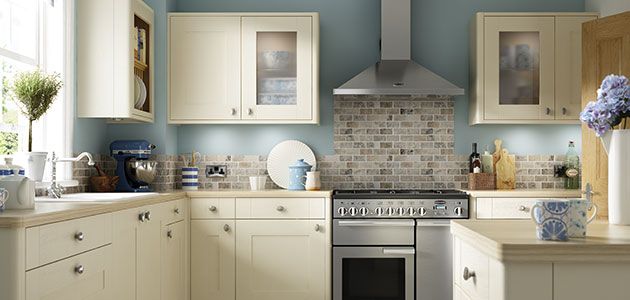Top Ingredients for a Calgary Kitchen Renovation
Posted by Justin Havre on Wednesday, November 21st, 2018 at 2:12pm.
 Design options for a beautiful new kitchen are at your fingertips these days. There are so many good renovation ideas online, in magazines and at every open house in Calgary that you visit.
Design options for a beautiful new kitchen are at your fingertips these days. There are so many good renovation ideas online, in magazines and at every open house in Calgary that you visit.
Unfortunately, you love them all. Where should you start? Who should you talk to? What would look best in your Calgary home and at the end of the day, be the best investment when it comes to resale value?
What is Your Kitchen Makeover Goal?
Gutting your kitchen is never a good idea unless you know why you’re holding that sledgehammer in your hand. Think of all the reasons why you’re getting out your cheque book for this renovation. Do you want to increase the value of your home because you want to sell it – and, when do you want to sell it? Do you simply want a more modern space? Do you need more room and better functionality?
Think of what your primary goal is and make sure that every decision you make after, from the first cupboard door you rip off its hinges to the final light bulb in a new fixture is harmonious with your overall objective.
High-ROI Kitchen Renovations
One consideration when renovating a kitchen is the long-term impact it will have on the home. Choosing renovations with high ROI mean that when selling the home later, much or all of the renovation cost is recouped.
A few of the renovations commonly considered to have the highest return on investment include installing new flooring, updating countertops, adding modern appliances and upgrading the hardware on faucets, RTA cabinets, and doors. These are all elements that home buyers are looking for in a "dream kitchen" when they are purchasing a new home. If the kitchen is small or cramped, taking down walls or opening it up will also pay off when the time comes to sell.
The most important thing when renovating with ROI in mind is to think about future buyers and what they may be looking for in a home--rather than focusing too much on current trends.
Create a Kitchen Vision Board
You could put all the photos of kitchen elements you like on a Pinterest board but take it offline and put images on a real live bulletin board. Something big and bold that will capture your imagination and bring all those pieces to life. The layouts you love, the finishes you obsess about, the accessories that tie everything together. Tip: If you are planning to add kitchen appliances, it will be helpful if you would read in-depth reviews from sites like Carnivore Style. This way, your vision board will be easier to realize while saving you time.
Piece together every aspect of your dream kitchen and see if it’s really what you imagined. If you have been collecting tile samples, paint chips and fabric swatches put them up on your board as well. Interior designers generally put together a sample board and so you should.
Plan Around Kitchen Appliances and Walls
How tight is your budget? Aha… then you will likely want to create a new kitchen around existing appliances. Even if you can build the cost of new appliances into your budget, it will cost more dollars to move your stove plug or natural gas line, wiring for your exhaust fan and microwave or water line for your fridge and dishwasher. Not to mention support beams if you’re knocking out a wall in an older home.
Life While the Wrecking Ball is Swinging
Think you can have it all done by Christmas? Well, renovations often take on a life of their own. How will you feed your family, keep your beer cold, do dishes and store food while all this drywall dust is flying around your home?
Perhaps you’ve heard stories of washing dishes in the bathroom sink or a bucket in the dining room. Microwaves and hot plates can do the trick while your fridge can hum along in the middle of the living room. Or eating out could be an option. Just make a plan before your renovation makes that plan for you.
A Payoff Down the Road
An updated kitchen is right up there on the list of things you should do to improve your home, next to bathrooms. A kitchen can be the biggest selling feature of the home so if increasing the value of your property is your primary goal, bear that in mind when making your decisions.
For example, you may want laminate on your kitchen counters but granite is where the money is. Go the extra mile for a bigger payoff long term. If you’re just not sure which way to go in terms of adding resale value, consult a real estate professional who will be able to tell you what a renovated kitchen will do for your home and what types of home improvements the market will bear in your Calgary neighbourhood.

